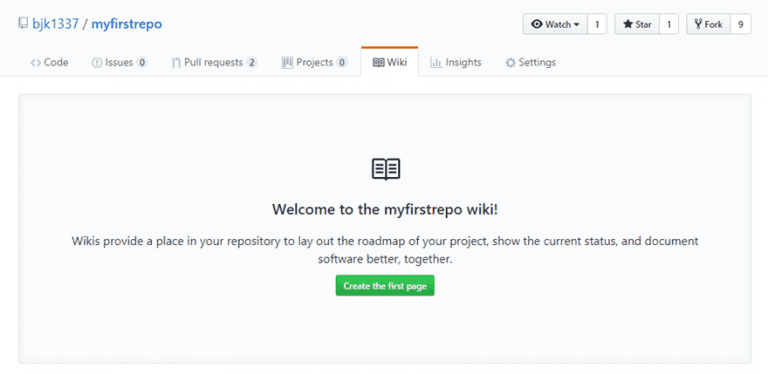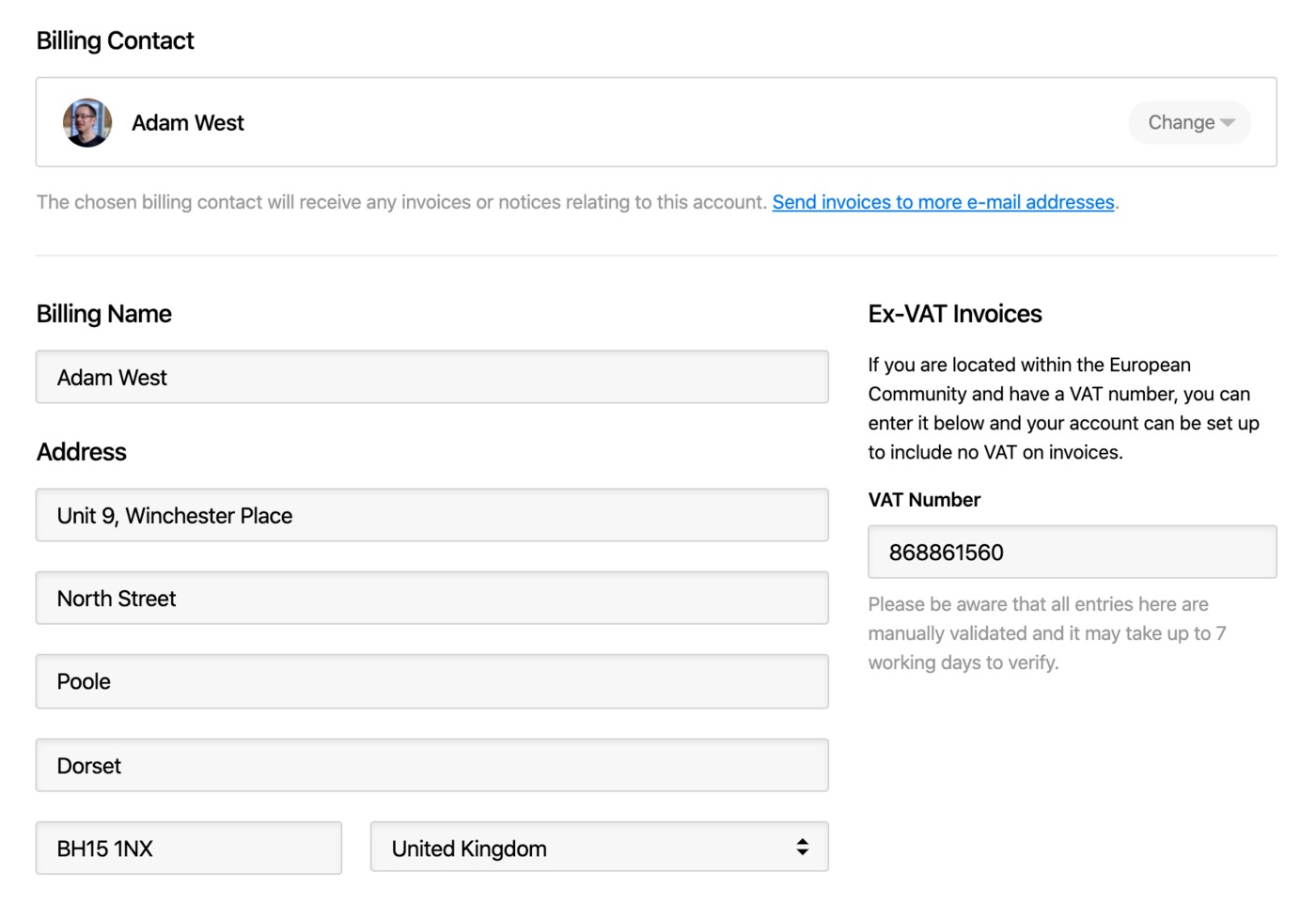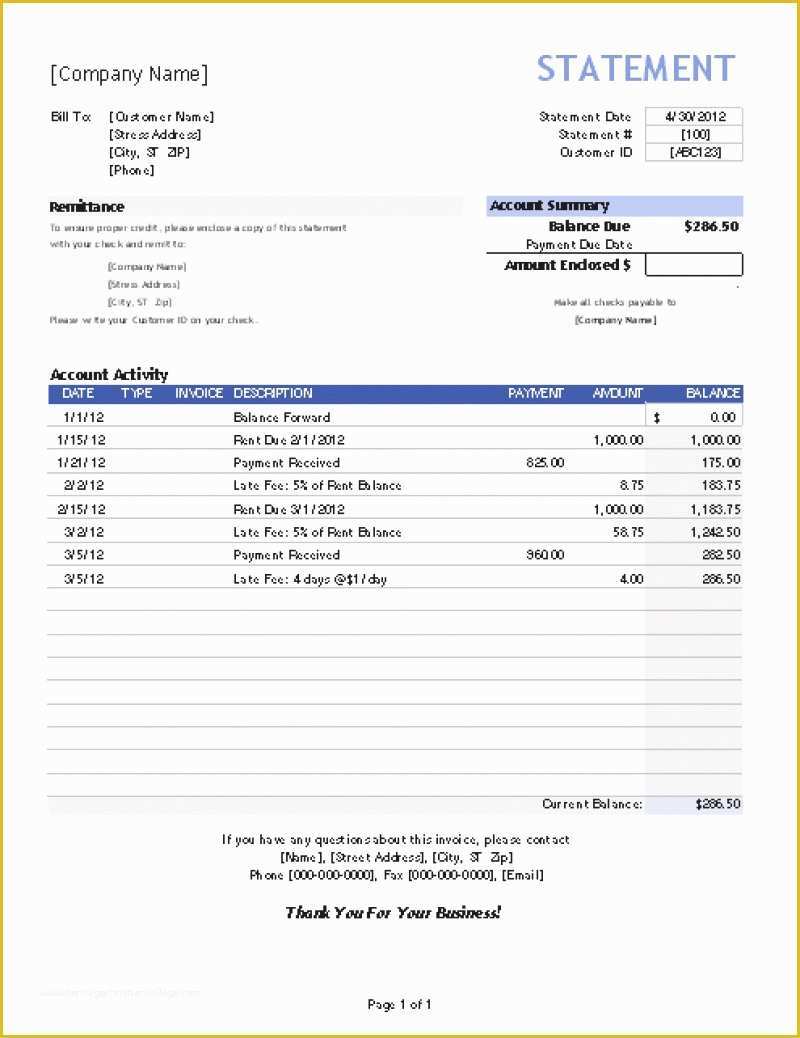
- #Bitbucket billing invoices pdf#
- #Bitbucket billing invoices update#
- #Bitbucket billing invoices code#
Instead, you could rely on Chromatic running against the main or develop branch.Import base from "./common/base. Although some dependencies can result in UI changes, you might not find it worthwhile to run Chromatic for every single dependency update. For instance, Renovate automatically updates a projects dependencies. One use case for this feature is skipping builds for branches created by a bot. This flag accepts a branch name or glob pattern. To avoid this issue, you can run chromatic with the -skip flag. Please note: you can only access the orders where you are listed as the technical or billing contact.
#Bitbucket billing invoices pdf#
In the 'Orders' tab, you can see an orders details by clicking on + to download a PDF of the paid invoice.
#Bitbucket billing invoices update#
Otherwise pull requests could be blocked due to required checks that remain pending. In the 'Quotes' tab, you can download a PDF quote or invoice, make credit card payment, update the PO number, or delete the quote. Sometimes you might want to skip running a build for a certain branch, but still have Chromatic mark the latest commit on that branch as “passed”. This can be an acceptable tradeoff for open source projects that value community contributions. They cannot access your account, settings, or accept baselines. Sharing project tokens allows contributors and others to run Chromatic builds on your project, consuming your snapshot quota. You can enable PR checks for external forks by sharing your project token where you configured the Chromatic command (often in package.json or in the pipeline step). Run Chromatic on external forks of open source projects

See the following BitBucket issue for a detailed explanation. If you’re using this functionality but notice the incoming changes were not accepted as baselines in Chromatic, then you’ll need to adjust the pipeline and include the -auto-accept-changes flag. If you are already using this option, then we will automatically detect this situation and bring baselines over (see Branching and Baselines for more details). BitBucket squash/rebase merge and the “main” branchīitBucket’s squash/rebase merge functionality creates new commits that have no association to the branch being merged. Find your past payments and invoices under their respective tabs. If they’re merged from feature-branches, you will need to make sure those branches are passing before you merge into main. Log in to your My WM profile From the Dashboard, under My Billing, select Billing Overview. If the builds are a result of direct commits to main, you will need to accept changes to keep the main branch clean. In practice, this means ensuring that test builds in your main branch are passing. Maintain a clean “main” branchĪ clean main branch is a development best practice and highly recommended for Chromatic.

#Bitbucket billing invoices code#
If you deny any change, you will need to make the necessary code changes to fix the test (and thus start a new build) to get Chromatic to pass again.

Once you accept all the changes, re-run the pipeline and the Publish to Chromatic step will pass. They will fail if you are not using -exit-zero-on-changes. Re-run failed builds after verifying UI test resultsīuilds that contain visual changes need to be verified. Do you offer invoice billing, do you accept purchase orders and can you. If you’d prefer Chromatic never to block your pipeline, you can use yarn chromatic || true. Please provide your VAT-Id when signing up to remove VAT from invoices (Reverse Charge). When using -exit-zero-on-changes your pipeline execution still stop and fail if your Storybook contains stories that error.


 0 kommentar(er)
0 kommentar(er)
